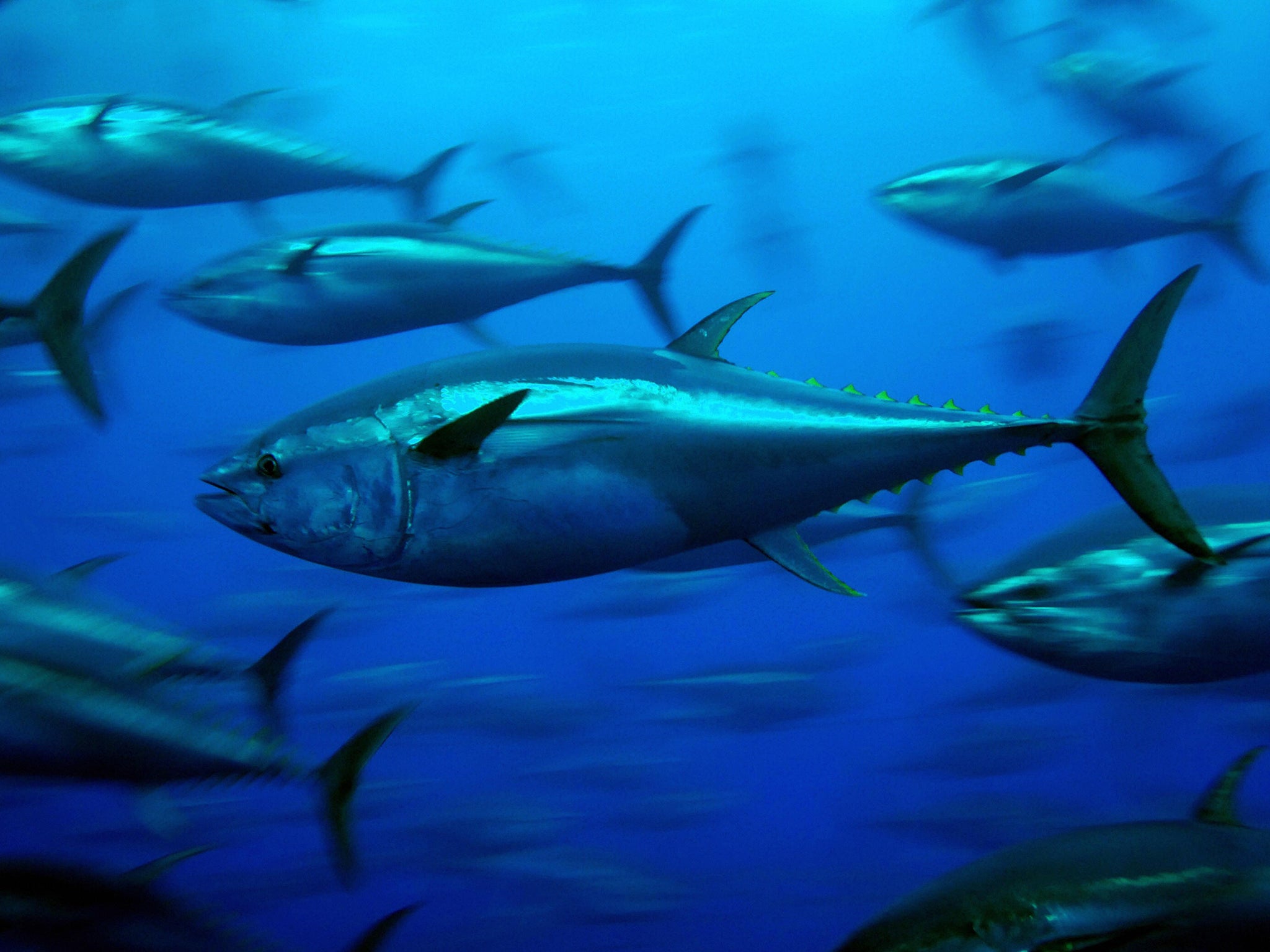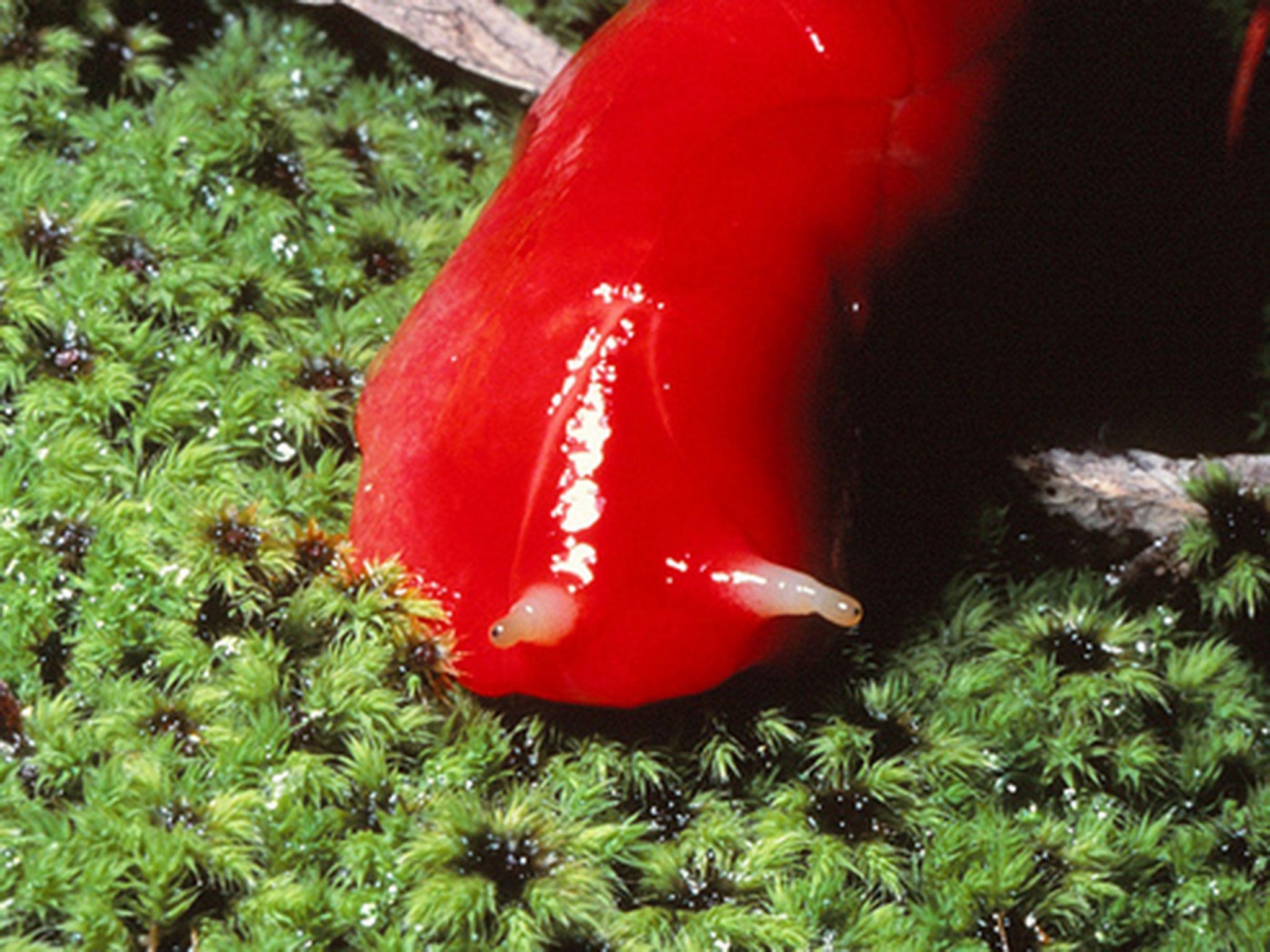Endangered species: Food and fuel pursuit pushing animals to extinction — especially fish
The authoritative Red List says mankind's "growing appetite for resources" is devastating global biodiversity

Your support helps us to tell the story
From reproductive rights to climate change to Big Tech, The Independent is on the ground when the story is developing. Whether it's investigating the financials of Elon Musk's pro-Trump PAC or producing our latest documentary, 'The A Word', which shines a light on the American women fighting for reproductive rights, we know how important it is to parse out the facts from the messaging.
At such a critical moment in US history, we need reporters on the ground. Your donation allows us to keep sending journalists to speak to both sides of the story.
The Independent is trusted by Americans across the entire political spectrum. And unlike many other quality news outlets, we choose not to lock Americans out of our reporting and analysis with paywalls. We believe quality journalism should be available to everyone, paid for by those who can afford it.
Your support makes all the difference.Snakes, butterflies, and a number of exotic fish are on the brink of extinction, according to the latest list of the world's most endangered species.
The 50th annual Red List, from the International Union for the Conservation of Nature, claims there are more than 22,000 animal species whose survival is to some extent threatened.
At the latest List's launch in Sydney, the organisation blamed mankind's growing appetite for resources" - from food to fuel - for damaging global biodiversity.
The IUCN Director General Julia Marton-Lefevre said: "Each update of the IUCN Red List makes us realise that our planet is constantly losing its incredible diversity of life, largely due to our destructive actions to satisfy our growing appetite for resources.
"But we have scientific evidence that protected areas can play a central role in reversing this trend. Experts warn that threatened species poorly represented in protected areas are declining twice as fast as those which are well represented.
"Our responsibility is to increase the number of protected areas and ensure that they are effectively managed so that they can contribute to saving our planet's biodiversity."
Here's a look at some of the species singled out in the IUCN's report:
Fish
Overfishing for food has devastated the populations of underwater creatures, from tuna to eels. The Pacific bluefin tuna (Thunus orientalist) has seen its numbers decline by up to a third in the last two decades, going from a species of 'least concern' to 'vulnerable'.
Demand for the Japanese delicacy sashimi has led to some of the meaty tuna being valued at around £64,000.
The Chinese pufferfish (Takifugu chinensis), one of the world's most toxic fish, and a fellow victim of sashimi demand, has been moved to 'critically endangered' - the final category before extinction.
And the American Eel (Anguilla rostrata) is rapidly losing numbers, largely down to the lucrative Japanese fish market's pursuit of an alternative to the endangered Japanese eel.

Slugs and snails
The fluorescent Kaputar Pink Slug (Triboniophorus) exists exclusively on the highest levels of Mount Kaputar in New South Wales, Australia. Already listed as 'endangered', it is feared that rising temperatures due to climate change will leave it nowhere to go.
The Malaysian snail (Plectostoma sciaphilum) has been declared extinct following the destruction of its hill habitat by a large limestone quarrying company. Several other species in the region are also at risk.
Frogs
On the upside, two types of Colombian frog (Andinobates dorisswansonae and Andinobates tolimensis) have seen their fortunes improve due to environmental protections introduced for the forest in the Andes where they reside.
Snakes
The Chinese cobra (Naja atra) has been declared 'vulnerable' following a population decline of between 30 to 50 per cent over the last 20 years.
Though international trade of the cobra is regulated, the IUCN is pressing for conservative initiatives to protect the species, a delicacy in south east Asia.
Earwigs
At 80mm, the St Helena Giant Earwig (Labidura herculeana) was the largest earwig in the world - but now it is extinct. Last seen on St Helena Island in May 1967, the earwig had suffered for the removal of nearly all of the shelter providing surface stones in the territory, and increased predatory pressure.
Join our commenting forum
Join thought-provoking conversations, follow other Independent readers and see their replies
Comments